Deck 21: Special Senses
Question
Question
Question
Question
Question
Question
Question
Question
Question
Question
Question
Question
Question
Question
Question
Question
Question
Question
Question
Question
Question
Question
Question
Question
Question
Question
Question
Question
Question
Question
Question
Question
Question
Question
Question
Question
Question
Question
Question
Question
Question
Question
Question
Question
Question
Question
Question
Question
Question
Question
Question
Question
Question
Question
Question
Question
Question
Question
Question
Question
Question
Question
Question
Question
Question
Question
Question
Question
Question
Question
Question
Question
Question
Question
Question

Unlock Deck
Sign up to unlock the cards in this deck!
Unlock Deck
Unlock Deck
1/75
Play
Full screen (f)
Deck 21: Special Senses
1
Which of the following is NOT a feature of the external ear?
A) auditory tube
B) helix
C) lobule
D) external auditory canal
A) auditory tube
B) helix
C) lobule
D) external auditory canal
A
2
Mucus found on the surface of the olfactory epithelium:
A) is produced by glands beneath the olfactory epithelium.
B) makes it possible for odorants to react with the olfactory receptors.
C) is produced in increased amounts in response to stimulation by the facial (VII) nerves.
D) All of these choices.
A) is produced by glands beneath the olfactory epithelium.
B) makes it possible for odorants to react with the olfactory receptors.
C) is produced in increased amounts in response to stimulation by the facial (VII) nerves.
D) All of these choices.
D
3
Taste buds of a young adult are located on the:
A) epiglottis
B) pharynx
C) tongue and soft palate
D) All of these choices
A) epiglottis
B) pharynx
C) tongue and soft palate
D) All of these choices
D
4
Which of the following statements about the cornea is TRUE?
A) The outer surface is keratinized simple squamous epithelium.
B) The outer surface is nonkeratinized simple squamous epithelium.
C) The connective tissue layer of the cornea is avascular.
D) It contains proteins called crystallins.
A) The outer surface is keratinized simple squamous epithelium.
B) The outer surface is nonkeratinized simple squamous epithelium.
C) The connective tissue layer of the cornea is avascular.
D) It contains proteins called crystallins.

Unlock Deck
Unlock for access to all 75 flashcards in this deck.
Unlock Deck
k this deck
5
The vestibular apparatus is located in the:
A) middle ear.
B) anterior cavity of the eye.
C) nasal cavity.
D) internal ear.
A) middle ear.
B) anterior cavity of the eye.
C) nasal cavity.
D) internal ear.

Unlock Deck
Unlock for access to all 75 flashcards in this deck.
Unlock Deck
k this deck
6
Select the best description for the fungiform papillae:
A) largest type; all contain taste buds
B) distributed in V-shaped row on the anterior portion of the tongue
C) mushroom shaped; evenly distributed over the tongue
D) contain no taste buds
A) largest type; all contain taste buds
B) distributed in V-shaped row on the anterior portion of the tongue
C) mushroom shaped; evenly distributed over the tongue
D) contain no taste buds

Unlock Deck
Unlock for access to all 75 flashcards in this deck.
Unlock Deck
k this deck
7
Which of the following is primarily responsible for the sensation of hearing?
A) spiral organ
B) ampulla
C) saccule
D) utricle
A) spiral organ
B) ampulla
C) saccule
D) utricle

Unlock Deck
Unlock for access to all 75 flashcards in this deck.
Unlock Deck
k this deck
8
A layer of dense connective tissue that covers the entire eyeball except the cornea is called _____.
A) choroid
B) conjunctiva
C) sclera
D) uvea
A) choroid
B) conjunctiva
C) sclera
D) uvea

Unlock Deck
Unlock for access to all 75 flashcards in this deck.
Unlock Deck
k this deck
9
Which of the following types of cells is the first to receive a light ray as it travels through the retina?
A) bipolar cell
B) ganglion cell
C) pigmented epithelium
D) photoreceptor cell
A) bipolar cell
B) ganglion cell
C) pigmented epithelium
D) photoreceptor cell

Unlock Deck
Unlock for access to all 75 flashcards in this deck.
Unlock Deck
k this deck
10
In what order do the following structures vibrate as sound is transmitted? 1. stapes
2) tympanic membrane
3) oval window
4) incus
5) malleus
A) 5, 1, 4, 2, 3
B) 3, 4, 5, 1, 2
C) 2, 1, 5, 4, 3
D) 2, 5, 4, 1, 3
2) tympanic membrane
3) oval window
4) incus
5) malleus
A) 5, 1, 4, 2, 3
B) 3, 4, 5, 1, 2
C) 2, 1, 5, 4, 3
D) 2, 5, 4, 1, 3

Unlock Deck
Unlock for access to all 75 flashcards in this deck.
Unlock Deck
k this deck
11
Place the following in the correct order for the transmission of olfactory information that results in odor perception. 1. olfactory bulbs
2) olfactory tract
3) temporal cortex
4) olfactory (I) nerves
5) frontal cortex
A) 4, 1, 2, 3, 5
B) 4, 2, 1, 3, 5
C) 2, 1, 4, 3, 5
D) 2, 4, 1, 3, 5
2) olfactory tract
3) temporal cortex
4) olfactory (I) nerves
5) frontal cortex
A) 4, 1, 2, 3, 5
B) 4, 2, 1, 3, 5
C) 2, 1, 4, 3, 5
D) 2, 4, 1, 3, 5

Unlock Deck
Unlock for access to all 75 flashcards in this deck.
Unlock Deck
k this deck
12
Select the best description for the vallate (circumvallate) papillae:
A) largest type; all contain taste buds
B) distributed in V-shaped row on the anterior portion of the tongue
C) mushroom shaped; evenly distributed over the tongue
D) contain no taste buds
A) largest type; all contain taste buds
B) distributed in V-shaped row on the anterior portion of the tongue
C) mushroom shaped; evenly distributed over the tongue
D) contain no taste buds

Unlock Deck
Unlock for access to all 75 flashcards in this deck.
Unlock Deck
k this deck
13
The olfactory epithelium occupies the superior part of the:
A) nasal cavity.
B) nasal septum.
C) superior nasal conchae.
D) All of these choices.
A) nasal cavity.
B) nasal septum.
C) superior nasal conchae.
D) All of these choices.

Unlock Deck
Unlock for access to all 75 flashcards in this deck.
Unlock Deck
k this deck
14
Select the best description for the filiform papillae:
A) largest type; all contain taste buds
B) distributed in V-shaped row on the anterior portion of the tongue
C) mushroom shaped; evenly distributed over the tongue
D) contain no taste buds
A) largest type; all contain taste buds
B) distributed in V-shaped row on the anterior portion of the tongue
C) mushroom shaped; evenly distributed over the tongue
D) contain no taste buds

Unlock Deck
Unlock for access to all 75 flashcards in this deck.
Unlock Deck
k this deck
15
Select the best description for the lacrimal glands:
A) near the external opening of the external auditory canal
B) embedded in tarsal plate of eyelid
C) superior and lateral to the eyeball
D) in connective tissue underneath the olfactory epithelium
E) at the base of the follicles of the eyelashes
A) near the external opening of the external auditory canal
B) embedded in tarsal plate of eyelid
C) superior and lateral to the eyeball
D) in connective tissue underneath the olfactory epithelium
E) at the base of the follicles of the eyelashes

Unlock Deck
Unlock for access to all 75 flashcards in this deck.
Unlock Deck
k this deck
16
The cranial nerves containing neurons of the gustatory pathway are: 1. facial (VII) nerve
2) vagus (X) nerve
3) glossopharyngeal (IX) nerve
4) trigeminal (V) nerve
5) abducens (VI) nerve
A) 1, 3, 5
B) 2, 3, 4
C) 1, 2, 3
D) 1, 4, 5
2) vagus (X) nerve
3) glossopharyngeal (IX) nerve
4) trigeminal (V) nerve
5) abducens (VI) nerve
A) 1, 3, 5
B) 2, 3, 4
C) 1, 2, 3
D) 1, 4, 5

Unlock Deck
Unlock for access to all 75 flashcards in this deck.
Unlock Deck
k this deck
17
The vitreous body:
A) is produced by the ciliary processes.
B) undergoes constant replacement.
C) is the main contributor to intraocular pressure.
D) none of these choices.
A) is produced by the ciliary processes.
B) undergoes constant replacement.
C) is the main contributor to intraocular pressure.
D) none of these choices.

Unlock Deck
Unlock for access to all 75 flashcards in this deck.
Unlock Deck
k this deck
18
Obstruction or blockage of the nasolacrimal duct will prevent drainage of tears into the:
A) aqueous humor
B) vitreous humor
C) nasal cavity
D) ciliary body
A) aqueous humor
B) vitreous humor
C) nasal cavity
D) ciliary body

Unlock Deck
Unlock for access to all 75 flashcards in this deck.
Unlock Deck
k this deck
19
The facial (VII) nerve and vestibulocochlear (VIII) nerve both travel through the facial canal of the petrous portion of the temporal bone. A tumor located in this canal will potentially interfere with the special sense(s) of:
A) taste
B) hearing
C) equilibrium
D) All of these choices
A) taste
B) hearing
C) equilibrium
D) All of these choices

Unlock Deck
Unlock for access to all 75 flashcards in this deck.
Unlock Deck
k this deck
20
All of the following are accessory structures of the eye EXCEPT:
A) palpebrae
B) lacrimal apparatus
C) intrinsic muscles
D) eyelashes
A) palpebrae
B) lacrimal apparatus
C) intrinsic muscles
D) eyelashes

Unlock Deck
Unlock for access to all 75 flashcards in this deck.
Unlock Deck
k this deck
21
The perception of taste will be significantly altered by obstructions of the nasal cavity (e.g. nasal congestion).

Unlock Deck
Unlock for access to all 75 flashcards in this deck.
Unlock Deck
k this deck
22
The bony labyrinth contains perilymph; the membranous labyrinth contains endolymph.

Unlock Deck
Unlock for access to all 75 flashcards in this deck.
Unlock Deck
k this deck
23
Olfactory receptor cells are unipolar neurons.

Unlock Deck
Unlock for access to all 75 flashcards in this deck.
Unlock Deck
k this deck
24
Large papillae that always contain taste buds and that are found in a V-shaped row on the posterior region of the tongue are called vallate (circumvallate) papillae.

Unlock Deck
Unlock for access to all 75 flashcards in this deck.
Unlock Deck
k this deck
25
Olfactory receptors, which are specialized neurons, are replaced regularly by the basal cells of the olfactory epithelium.

Unlock Deck
Unlock for access to all 75 flashcards in this deck.
Unlock Deck
k this deck
26
Olfactory receptors and gustatory receptors each contain three types of cells. Briefly describe each of these cells and state the function of each. Your answer should point out some major differences in each cell type between the two receptors.

Unlock Deck
Unlock for access to all 75 flashcards in this deck.
Unlock Deck
k this deck
27
Infection of the tarsal glands creates a pus-filled swelling called a sty.

Unlock Deck
Unlock for access to all 75 flashcards in this deck.
Unlock Deck
k this deck
28
In bright light, impulses from sympathetic neurons cause a constriction of the pupil due to contraction of the radial muscle fibers of the iris.

Unlock Deck
Unlock for access to all 75 flashcards in this deck.
Unlock Deck
k this deck
29
The mucous membrane lining the inner aspect of the eyelids is the bulbar conjunctiva.

Unlock Deck
Unlock for access to all 75 flashcards in this deck.
Unlock Deck
k this deck
30
In the retina, cones are more numerous than rods.

Unlock Deck
Unlock for access to all 75 flashcards in this deck.
Unlock Deck
k this deck
31
Glaucoma, the most common cause of blindness in the United States, results from abnormal build-up of aqueous humor in the anterior cavity of the eye.

Unlock Deck
Unlock for access to all 75 flashcards in this deck.
Unlock Deck
k this deck
32
The space within the eye between the lens and the cornea is the anterior cavity.

Unlock Deck
Unlock for access to all 75 flashcards in this deck.
Unlock Deck
k this deck
33
Select the best description for the sebaceous ciliary glands:
A) near the external opening of the external auditory canal
B) embedded in tarsal plate of eyelid
C) superior and lateral to the eyeball
D) in connective tissue underneath the olfactory epithelium
E) at the base of the follicles of the eyelashes
A) near the external opening of the external auditory canal
B) embedded in tarsal plate of eyelid
C) superior and lateral to the eyeball
D) in connective tissue underneath the olfactory epithelium
E) at the base of the follicles of the eyelashes

Unlock Deck
Unlock for access to all 75 flashcards in this deck.
Unlock Deck
k this deck
34
List the layers of cells in the neural portion of the retina in the order in which light passes through them. Compare this to the order for the direction of visual data processing.

Unlock Deck
Unlock for access to all 75 flashcards in this deck.
Unlock Deck
k this deck
35
Describe the various pathways for gustatory sensations from different regions of the oral cavity and pharynx to the primary gustatory cortex.

Unlock Deck
Unlock for access to all 75 flashcards in this deck.
Unlock Deck
k this deck
36
The vestibular apparatus consists of the organs responsible for hearing and equilibrium.

Unlock Deck
Unlock for access to all 75 flashcards in this deck.
Unlock Deck
k this deck
37
Describe the individual layers of the wall of the eyeball, from outermost to innermost layer.

Unlock Deck
Unlock for access to all 75 flashcards in this deck.
Unlock Deck
k this deck
38
Select the best description for the olfactory (Bowman's) gland:
A) near the external opening of the external auditory canal
B) embedded in tarsal plate of eyelid
C) superior and lateral to the eyeball
D) in connective tissue underneath the olfactory epithelium
E) at the base of the follicles of the eyelashes
A) near the external opening of the external auditory canal
B) embedded in tarsal plate of eyelid
C) superior and lateral to the eyeball
D) in connective tissue underneath the olfactory epithelium
E) at the base of the follicles of the eyelashes

Unlock Deck
Unlock for access to all 75 flashcards in this deck.
Unlock Deck
k this deck
39
Sensory input from the vestibular apparatus is transmitted to the pons, medulla oblongata and cerebellum regions of the brain.

Unlock Deck
Unlock for access to all 75 flashcards in this deck.
Unlock Deck
k this deck
40
Select the best description for the ceruminous glands:
A) near the external opening of the external auditory canal
B) embedded in tarsal plate of eyelid
C) superior and lateral to the eyeball
D) in connective tissue underneath the olfactory epithelium
E) at the base of the follicles of the eyelashes
A) near the external opening of the external auditory canal
B) embedded in tarsal plate of eyelid
C) superior and lateral to the eyeball
D) in connective tissue underneath the olfactory epithelium
E) at the base of the follicles of the eyelashes

Unlock Deck
Unlock for access to all 75 flashcards in this deck.
Unlock Deck
k this deck
41
Define the two kinds of equilibrium and name and describe the receptors for each.

Unlock Deck
Unlock for access to all 75 flashcards in this deck.
Unlock Deck
k this deck
42
The structure indicated by the arrow is _____ 


Unlock Deck
Unlock for access to all 75 flashcards in this deck.
Unlock Deck
k this deck
43
The structure indicated by the arrow is _____ 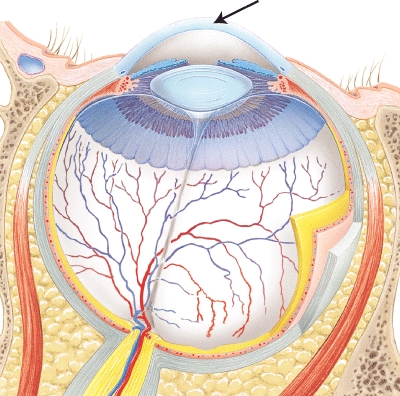


Unlock Deck
Unlock for access to all 75 flashcards in this deck.
Unlock Deck
k this deck
44
In the wall of the utricle and saccule, the gelatinous layer of the macula that rests on the hair cells contains calcium carbonate crystals called _____.
A) otoliths
B) crystallins
C) kinocilia
D) stereocilia
A) otoliths
B) crystallins
C) kinocilia
D) stereocilia

Unlock Deck
Unlock for access to all 75 flashcards in this deck.
Unlock Deck
k this deck
45
The complex series of canals known as the labyrinth makes up the _____ ear.
A) internal (inner)
B) middle
C) external (outer)
A) internal (inner)
B) middle
C) external (outer)

Unlock Deck
Unlock for access to all 75 flashcards in this deck.
Unlock Deck
k this deck
46
Lacrimal fluid contains water, mucus, salts, and a bactericidal enzyme called _____.
A) lysozyme
B) cerumen
C) perilymph
D) endolymph
A) lysozyme
B) cerumen
C) perilymph
D) endolymph

Unlock Deck
Unlock for access to all 75 flashcards in this deck.
Unlock Deck
k this deck
47
The olfactory (I) nerves consist of approximately 40 bundles of axons of olfactory neurons that extend through foramina in the cribriform plate of the _____ bone.
A) sphenoid
B) ethmoid
C) frontal
D) temporal
A) sphenoid
B) ethmoid
C) frontal
D) temporal

Unlock Deck
Unlock for access to all 75 flashcards in this deck.
Unlock Deck
k this deck
48
The sense of taste is scientifically called _____.
A) gustation
B) olfaction
C) deglutition
D) NONE of these choices
A) gustation
B) olfaction
C) deglutition
D) NONE of these choices

Unlock Deck
Unlock for access to all 75 flashcards in this deck.
Unlock Deck
k this deck
49
Ciliary processes produce the vitreous humor of the eye.

Unlock Deck
Unlock for access to all 75 flashcards in this deck.
Unlock Deck
k this deck
50
The structure indicated by the arrow is _____ 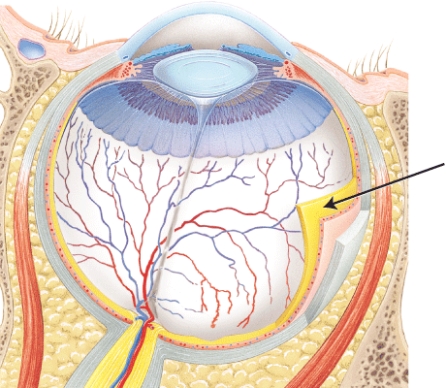


Unlock Deck
Unlock for access to all 75 flashcards in this deck.
Unlock Deck
k this deck
51
The macula lutea contains a depression called the _____ which contains only cone photoreceptors.
A) scleral venous sinus
B) choroid
C) ciliary body
D) fovea centralis
A) scleral venous sinus
B) choroid
C) ciliary body
D) fovea centralis

Unlock Deck
Unlock for access to all 75 flashcards in this deck.
Unlock Deck
k this deck
52
The olfactory (I) nerves terminate in masses of gray matter called olfactory _____, which are located on the inferior surface of the brain, superior to the ethmoid bone.
A) bipolar cells
B) utricles
C) bulbs
D) maculae
A) bipolar cells
B) utricles
C) bulbs
D) maculae

Unlock Deck
Unlock for access to all 75 flashcards in this deck.
Unlock Deck
k this deck
53
The first-order neurons of the olfactory pathway are bipolar neurons called olfactory receptor cells.

Unlock Deck
Unlock for access to all 75 flashcards in this deck.
Unlock Deck
k this deck
54
The elevation located in the medial commissure of the eye that contains sudoriferous (sweat) and sebaceous (oil) glands is called the _____.
A) tarsal plate
B) conjunctiva
C) lacrimal caruncle
D) lacrimal sac
A) tarsal plate
B) conjunctiva
C) lacrimal caruncle
D) lacrimal sac

Unlock Deck
Unlock for access to all 75 flashcards in this deck.
Unlock Deck
k this deck
55
The structure indicated by the arrow is _____ 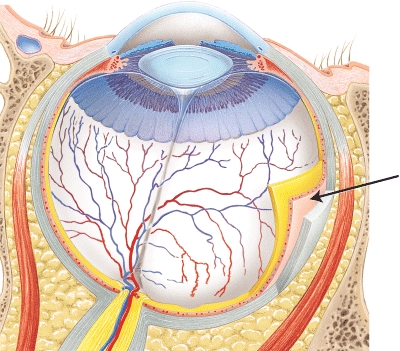


Unlock Deck
Unlock for access to all 75 flashcards in this deck.
Unlock Deck
k this deck
56
The rough appearance of the upper surface of the tongue is due to the presence of numerous papillae.

Unlock Deck
Unlock for access to all 75 flashcards in this deck.
Unlock Deck
k this deck
57
The auditory tube connects the inner ear to the nasopharynx.

Unlock Deck
Unlock for access to all 75 flashcards in this deck.
Unlock Deck
k this deck
58
Summarize the events that occur as sound waves enter the external ear and are transmitted through the middle and inner ears to produce sensations of hearing. Accompany your summary with labeled sketches that illustrate the anatomical features in your answer.

Unlock Deck
Unlock for access to all 75 flashcards in this deck.
Unlock Deck
k this deck
59
In bright light, the _____ muscle of the iris contracts, causing a/an _____ (increase/decrease) in the size of the pupil (constriction).
A) sphincter pupillae; increase
B) dilator pupillae, decrease
C) ciliary, decrease
D) sphincter pupillae; decrease
A) sphincter pupillae; increase
B) dilator pupillae, decrease
C) ciliary, decrease
D) sphincter pupillae; decrease

Unlock Deck
Unlock for access to all 75 flashcards in this deck.
Unlock Deck
k this deck
60
The organs responsible for static and dynamic equilibrium are collectively known as the _____ apparatus.
A) cochlear
B) ciliary
C) labyrinth
D) vestibular
A) cochlear
B) ciliary
C) labyrinth
D) vestibular

Unlock Deck
Unlock for access to all 75 flashcards in this deck.
Unlock Deck
k this deck
61
The structure indicated by the arrow is _____ 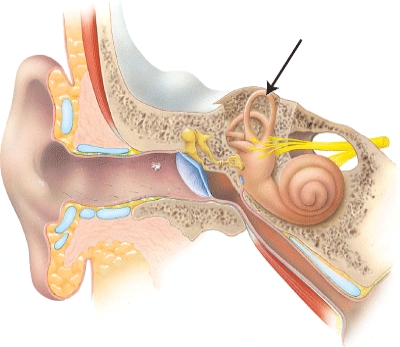


Unlock Deck
Unlock for access to all 75 flashcards in this deck.
Unlock Deck
k this deck
62
The structure indicated by the arrow is _____ 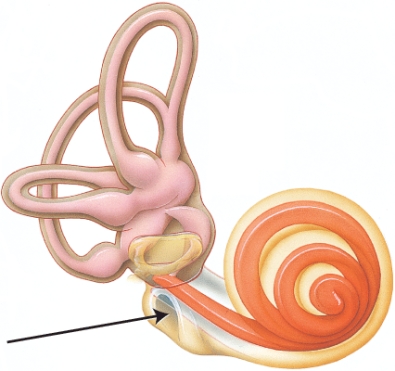


Unlock Deck
Unlock for access to all 75 flashcards in this deck.
Unlock Deck
k this deck
63
The structure indicated by the arrow is ___ 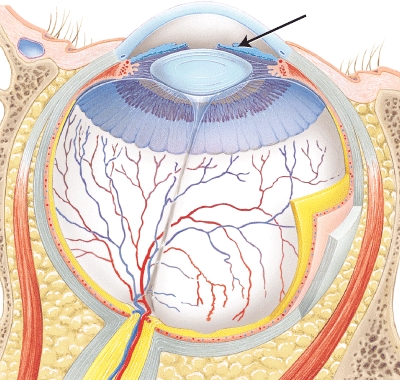


Unlock Deck
Unlock for access to all 75 flashcards in this deck.
Unlock Deck
k this deck
64
The structure indicated by the arrow is _____ 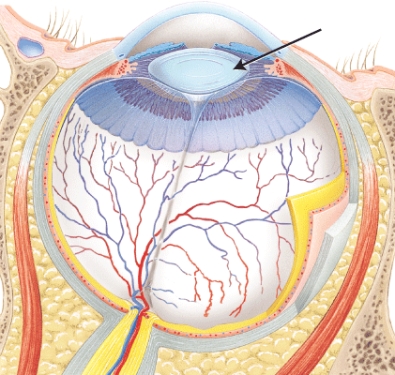


Unlock Deck
Unlock for access to all 75 flashcards in this deck.
Unlock Deck
k this deck
65
The structure indicated by the arrow is _____ 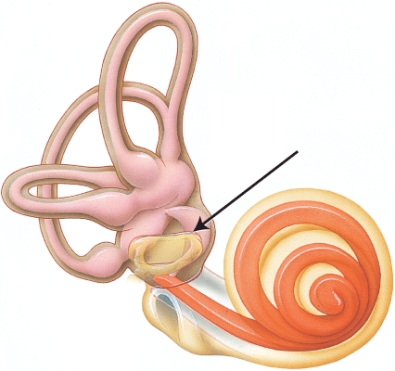


Unlock Deck
Unlock for access to all 75 flashcards in this deck.
Unlock Deck
k this deck
66
The structure indicated by the arrow is _____ 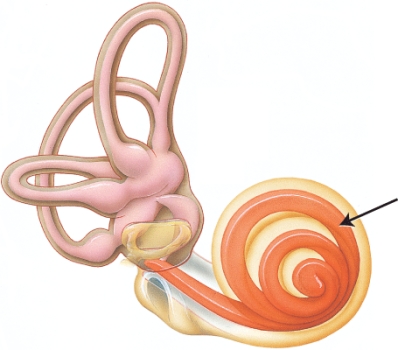


Unlock Deck
Unlock for access to all 75 flashcards in this deck.
Unlock Deck
k this deck
67
The structure indicated by the arrow is _____ 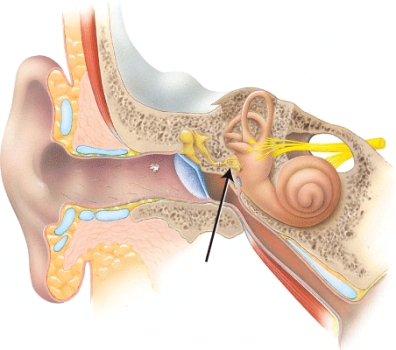


Unlock Deck
Unlock for access to all 75 flashcards in this deck.
Unlock Deck
k this deck
68
The structure indicated by the arrow is _____ 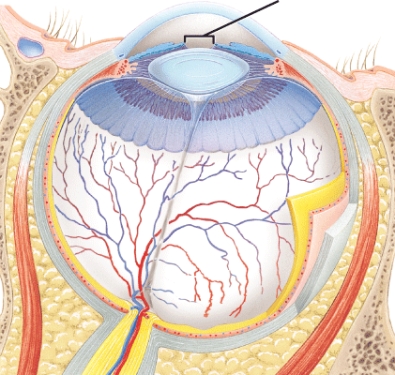


Unlock Deck
Unlock for access to all 75 flashcards in this deck.
Unlock Deck
k this deck
69
The structure indicated by the arrow is _____ 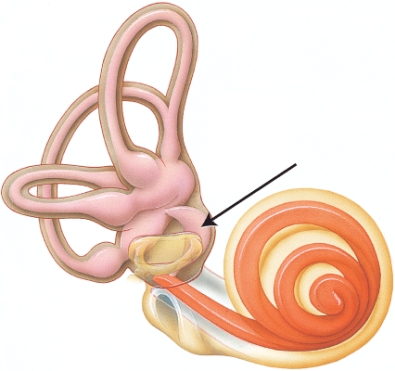


Unlock Deck
Unlock for access to all 75 flashcards in this deck.
Unlock Deck
k this deck
70
The structure indicated by the arrow is _____ 


Unlock Deck
Unlock for access to all 75 flashcards in this deck.
Unlock Deck
k this deck
71
The structure indicated by the arrow is _____ 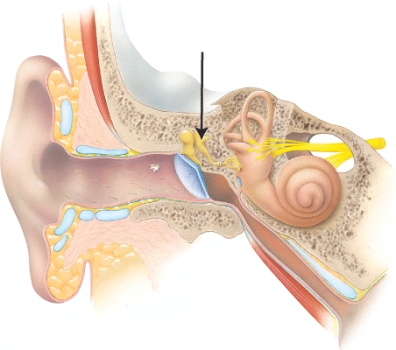


Unlock Deck
Unlock for access to all 75 flashcards in this deck.
Unlock Deck
k this deck
72
The structure indicated by the arrow is _____ 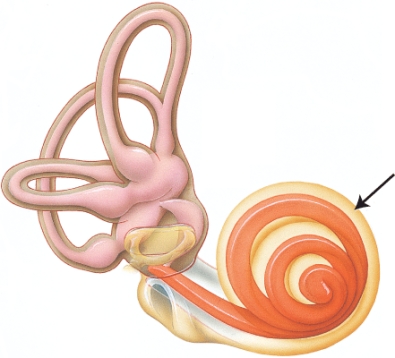


Unlock Deck
Unlock for access to all 75 flashcards in this deck.
Unlock Deck
k this deck
73
The structure indicated by the arrow is _____ 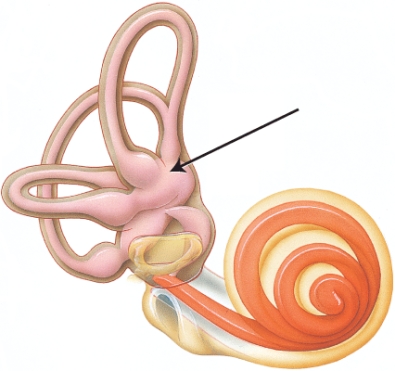


Unlock Deck
Unlock for access to all 75 flashcards in this deck.
Unlock Deck
k this deck
74
The structure indicated by the arrow is _____ 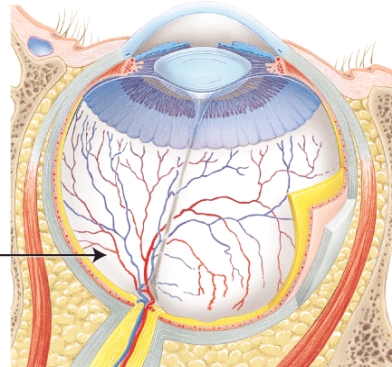


Unlock Deck
Unlock for access to all 75 flashcards in this deck.
Unlock Deck
k this deck
75
The structure indicated by the arrow is _____ 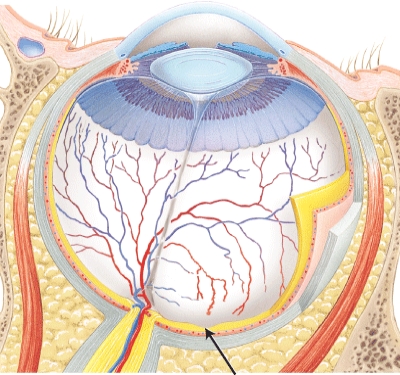


Unlock Deck
Unlock for access to all 75 flashcards in this deck.
Unlock Deck
k this deck



